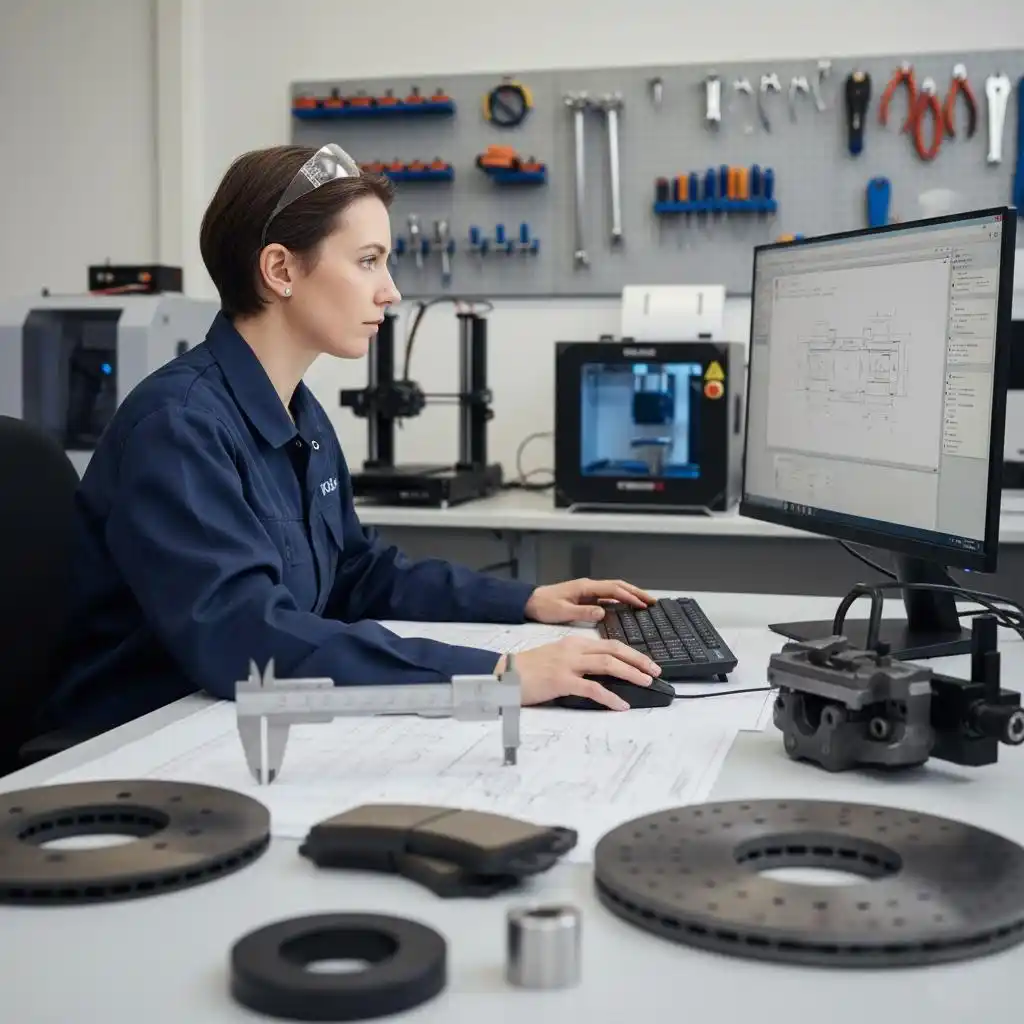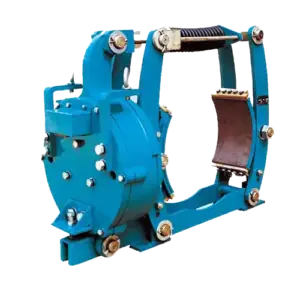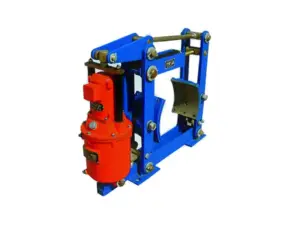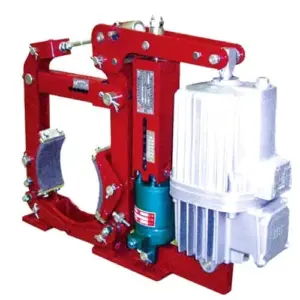You’ve identified the need for a new or replacement industrial brake, and now it’s time to get a price. To ensure you receive a fast, accurate quotation and the perfect brake for your job, providing your supplier with a complete set of technical details is essential. A simple “How much for a brake?” will often lead to a lengthy chain of questions.
By preparing the following five key pieces of information, you empower your supplier to act as an expert partner, specifying the most effective and economical solution right from the start. Think of this as the fast track to a reliable quote.

The 5 Essential Details for Your Brake Quote Request
1. The Application: What is the Brake’s Job?
This is the most crucial piece of information. The brake’s job determines the safety factors, duty cycle, and type of brake required. Be as specific as possible.
- Bad Example: “I need a brake for a crane.”
- Good Example: “I need a brake for the main hoist on a 10-ton overhead crane” or “I need a parking brake for the gantry travel mechanism.”
Why it matters: A brake for a main hoist (lifting against gravity) requires a much higher safety factor and different characteristics than a brake for a trolley’s horizontal travel. Other common applications include:
- Conveyor Belt (specify if it’s level or inclined)
- Winch or Hoist
- Rolling Mill
- Movable Bridge
- Wind Turbine (specify Yaw or Rotor)
Explore our Industry Solutions to see different brake applications.
2. Motor & Drivetrain Specifications
For most industrial systems, the brake is sized relative to the motor driving it. Please provide:
- Motor Power (P): Measured in kilowatts (kW) or horsepower (HP).
- Motor Full-Load Speed (n): Measured in revolutions per minute (RPM).
- Brake Location & Gearbox Ratio (if applicable): Is the brake mounted on the high-speed motor shaft or the low-speed drum shaft? If there’s a gearbox between the motor and the brake, the gearbox ratio is critical for calculating the torque at the brake’s location.
Why it matters: These values are used directly in the torque calculation formula (Mb = 9550 * P/n * sf). Without them, any torque estimate is just a guess.
3. The Operating Environment
Where will this brake live? The environment dramatically affects the selection of materials, enclosures, and special features.
- Temperature: Will it operate in a foundry (high heat) or an outdoor application in a cold climate?
- Contaminants: Will it be exposed to excessive dust (e.g., a mine or cement plant), moisture (e.g., a port), or corrosive chemicals?
- Hazardous Location: Is it in an environment with explosive gases or dust (e.g., a coal mine or chemical plant)? If so, an explosion-proof model is mandatory.
Why it matters: A standard brake will fail quickly in a highly corrosive or dusty environment. You may need a fully enclosed Drum Brake or a disc brake with special coatings and seals, like those specified for our Marine & Offshore Solutions.
4. Power Supply & Control
How will you power and control the brake? Provide details on the available electrical supply.
- Voltage and Frequency: E.g., 400V, 50Hz, 3-Phase.
- Control Type: Will it be a simple on/off control, or will it be modulated by a Variable Frequency Drive (VFD)?
- For DC Brakes: Specify the available DC voltage (e.g., 24VDC, 110VDC).
Why it matters: We need to ensure the brake’s thruster or electromagnetic coil is compatible with your power supply. Incompatible voltage is a common and costly installation error.
5. Physical Constraints & Existing Brake Details
If you are replacing an existing brake, this information is invaluable.
- For Drum Brakes: Provide the brake wheel (drum) diameter.
- For Disc Brakes: Provide the brake disc diameter.
- Mounting Footprint: If possible, provide a photo of the existing brake’s mounting base or a dimensional drawing.
- Nameplate Data: The best-case scenario is a clear photo of the nameplate on the old brake or thruster. It contains a wealth of information.
Why it matters: This ensures the new brake will be a “drop-in replacement,” minimizing the need for costly modifications to your equipment during installation.
Browse our Spare Parts section, including Brake Wheels and Discs.
Your Quotation Checklist
Before you hit “send” on your inquiry, quickly check if you have these details ready:
Application: (e.g., Crane Hoist) Motor Power & Speed: (e.g., 30kW @ 1450 RPM) Environment: (e.g., Indoor, dusty steel mill) Power Supply: (e.g., 400V/50Hz) Dimensions: (e.g., Replacing a brake on a 315mm diameter drum)
Having this information prepared transforms the quotation process from a game of questions into a swift, professional exchange that gets you the right equipment, at the right price, without delay.
Ready to put this into practice? Use our detailed quotation form to submit your requirements, and our engineering team will provide you with a comprehensive and accurate quote.




